If you are hearing impaired, you will benefit from wearing hearing aids, period.
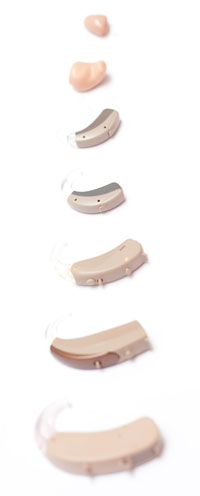 How much benefit will depend on many factors including:
How much benefit will depend on many factors including:
- How long you waited before you did something about your problem.
- How much hearing you have left (residual hearing).
- How much your speech discrimination (word recognition ability) has been affected.
- Your overall health: diabetes, stroke, kidney disease.
- How well you adapt to change.
Your hearing loss didn’t happen overnight. It may take a while to get the maximum benefit from your hearing aids.
Choosing the right hearing professional is the most important decision a hearing impaired person can make when they’re finally ready to do something about their hearing problem. The correct hearing aid recommendation and fitting is highly dependent on the judgment and skill of the professional selecting the instrument.
The hearing aids we select for you are based on the results of the test, your budget, your lifestyle and a host of other factors. We promise to explain everything to you, without using a bunch of technical terms that are designed to confuse you further.
To give you a little bit of information about hearing aids in general, below is a list of the most popular styles.
Invisible-In-Canal (IIC)
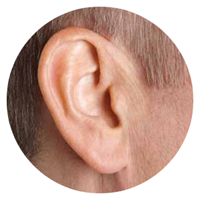 Invisible-In-Canal (IIC) hearing instruments are a 100% invisible when worn. This instrument sits deep in the ear canal ensuring sound travels quickly and accurately to your eardrum. This 100% invisible hearing aid is designed for daily removal.
Invisible-In-Canal (IIC) hearing instruments are a 100% invisible when worn. This instrument sits deep in the ear canal ensuring sound travels quickly and accurately to your eardrum. This 100% invisible hearing aid is designed for daily removal.
- 100% Invisible when worn
- Hear clearly in noise
- Sculpted for your ear canal
- Highest definition sound quality
- Designed for daily removal
Completely-In-Canal (CIC)
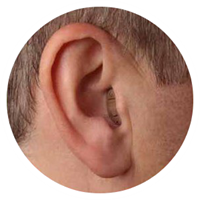 Completely-In-Canal (CIC) micro-technology allows this type of hearing aid to be worn deep inside the ear canal. CIC’s are so tiny, they are almost invisible when worn.
Completely-In-Canal (CIC) micro-technology allows this type of hearing aid to be worn deep inside the ear canal. CIC’s are so tiny, they are almost invisible when worn.
- Cosmetically desirable because these hearing aids are tiny in size
- Programmed to have automatic or push button settings
- Require good manual dexterity in order to place the hearing aid in the ears
In-The-Canal (ITC)
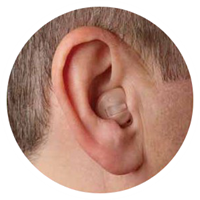 In-The-Canal (ITC) hearing aids are smaller than the ITE style and are also custom made to fit the size and shape of your ear canal.
In-The-Canal (ITC) hearing aids are smaller than the ITE style and are also custom made to fit the size and shape of your ear canal.
- Barely visible in the ear
- Easy to use with the telephone
- May not fit well in small ears
In-The-Ear (ITE)
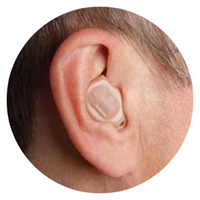 In-the-ear (ITE) hearing aids are custom-made and fit comfortably inside the ear.
In-the-ear (ITE) hearing aids are custom-made and fit comfortably inside the ear.
- Easy to insert into the ear because of its larger size
- Easy-to-operate larger features such as volume control
- Used to help mild to severe hearing loss.
Receiver-In-Canal (RIC)
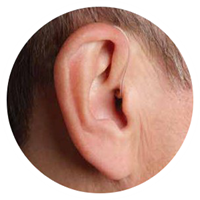 Receiver in the Canal or Open-Ear hearing aids are the newest design to reduce or eliminate that echo or plugged up feeling wearers can sometimes experience (referred to as the occlusion effect). They are easy to wear and barely noticeable.
Receiver in the Canal or Open-Ear hearing aids are the newest design to reduce or eliminate that echo or plugged up feeling wearers can sometimes experience (referred to as the occlusion effect). They are easy to wear and barely noticeable.
Behind-The-Ear (BTE)
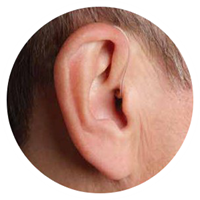 Fits a large range of hearing loss
Fits a large range of hearing loss- Offers the greatest flexibility in programming
- Water resistant and very durable
- The behind-the-ear (BTE) style sits behind the ear, while the amplified sound passes down a tube to a customized earmold which fits in your ear.
- Typically offers more power than a custom-made hearing aid
- Robust for active wears
- Suitable for all degrees of hearing loss
- Large, easy-to-use hearing aids that are very reliable
Mini Behind-the-Ear (miniBTE)
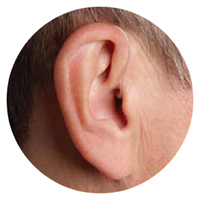 The Mini Behind-the-Ear hearing aid style is very similar to the Behind-the-Ear style, but is much smaller and less noticeable. This style holds the electronics in a slim case that hooks over the top of the ear and hides behind the top of the ear, the same place where eyeglasses rest. A clear narrow tube follows the front of the ear and carries sound to the tiny ear bud, which sits unnoticeable in the ear canal.
The Mini Behind-the-Ear hearing aid style is very similar to the Behind-the-Ear style, but is much smaller and less noticeable. This style holds the electronics in a slim case that hooks over the top of the ear and hides behind the top of the ear, the same place where eyeglasses rest. A clear narrow tube follows the front of the ear and carries sound to the tiny ear bud, which sits unnoticeable in the ear canal.
- Allows natural sounds to enter the ear canal
- Can be selected, programmed and fit in a single visit
- Very discreet and appealing to people with cosmetic concerns
- Does not require custom molding
